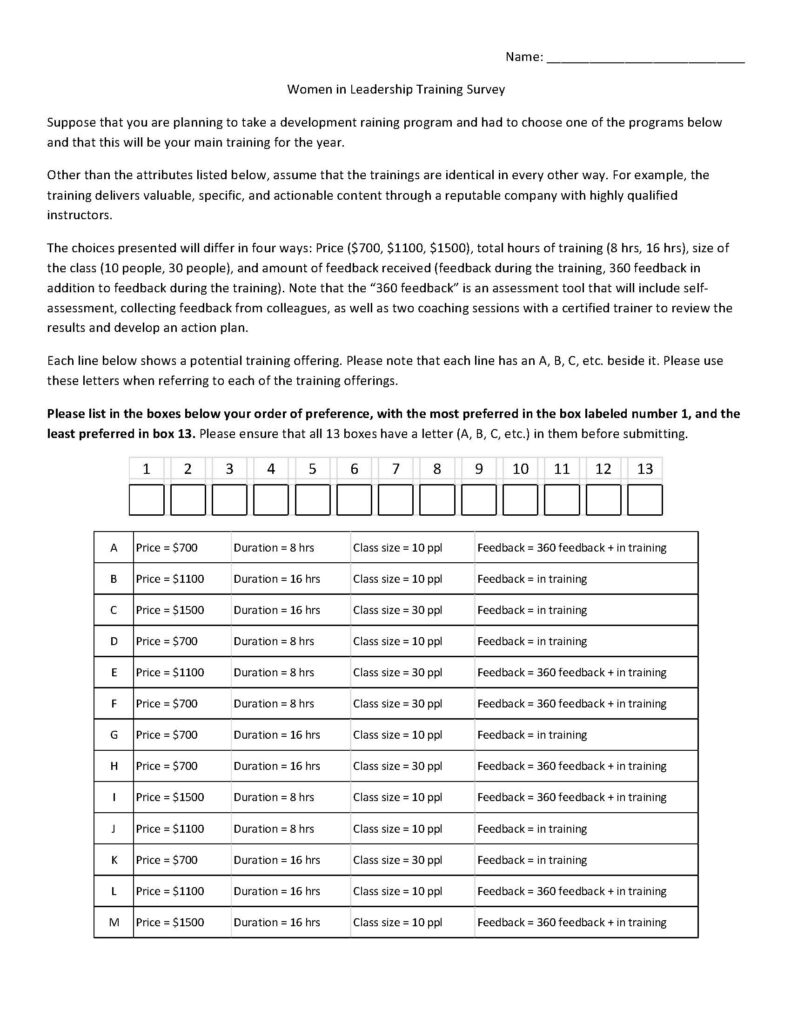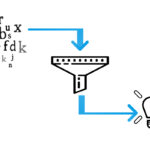Imagine you’re developing a new drug and you’re trying to understand if physicians would adopt this new drug with a different route of administration. For example, how likely are they to prescribe a new oral drug for a disease when there are currently approved injectable therapeutics?
This is one example of a product attribute discussion that occurs during the drug development process. Sometimes, the discussion could be focused around the trade-off between two attributes. These decisions can be further complicated when one option requires significant added resources (people, time, and money) to develop which in turn can impact the cost of a product.
One approach utilized in drug development to inform these attribute discussions is surveying key opinion leaders (KOLs), caregivers, and patients to get their opinion. This is typically done with various attributes presented as part of a target product profile (or TPP). KOLs, caregivers, and patients are then shown several iterations of the TPP and are asked to provide input. The input received is compiled and used to develop insights on the perceived value of the various product attributes. This is sometimes referred to as “TPP validation”.
Another approach I think can also be insightful (but have not seen used in drug development) is utilizing a conjoint analysis. Conjoint analysis is a technique that utilizes a survey and leverages statistical techniques to conduct market research and inform the value of product attributes. A conjoint analysis survey presents different product options and the cost associated with each option. Participants are then asked to rank each option and the responses are then analyzed to understand the value of each product attribute.
I can share one example where I have used conjoint analysis and found the input extremely valuable. My husband, who owns a training company, was developing a “Women Leadership” training program. There were several attributes he was considering, e.g. size of the class, number of days, the format of the feedback provided to participants. Each of the options was feasible but would dictate a different price point. He was unclear on what attributes were valued by his customers.
We developed a conjoint analysis survey where he evaluated the various options and determined the best trade-off between product attributes and price for his customers. Based on the results of the survey, he was able to design his course (duration, number of participants, etc.), and launch it successfully. A copy of the survey developed is included at the end of the article.
The advantages of using the conjoint analysis technique include:
- Ability to evaluate multiple attributes simultaneously and efficiently.
- Forcing participants to rank options will give you a clearer understanding of the value for each attribute (versus asking them for a preference around a single attribute).
My question to you: Have you seen conjoint analysis utilized for drug and/or medical device development? If so, how useful and/or insightful was this technique in your experience?


